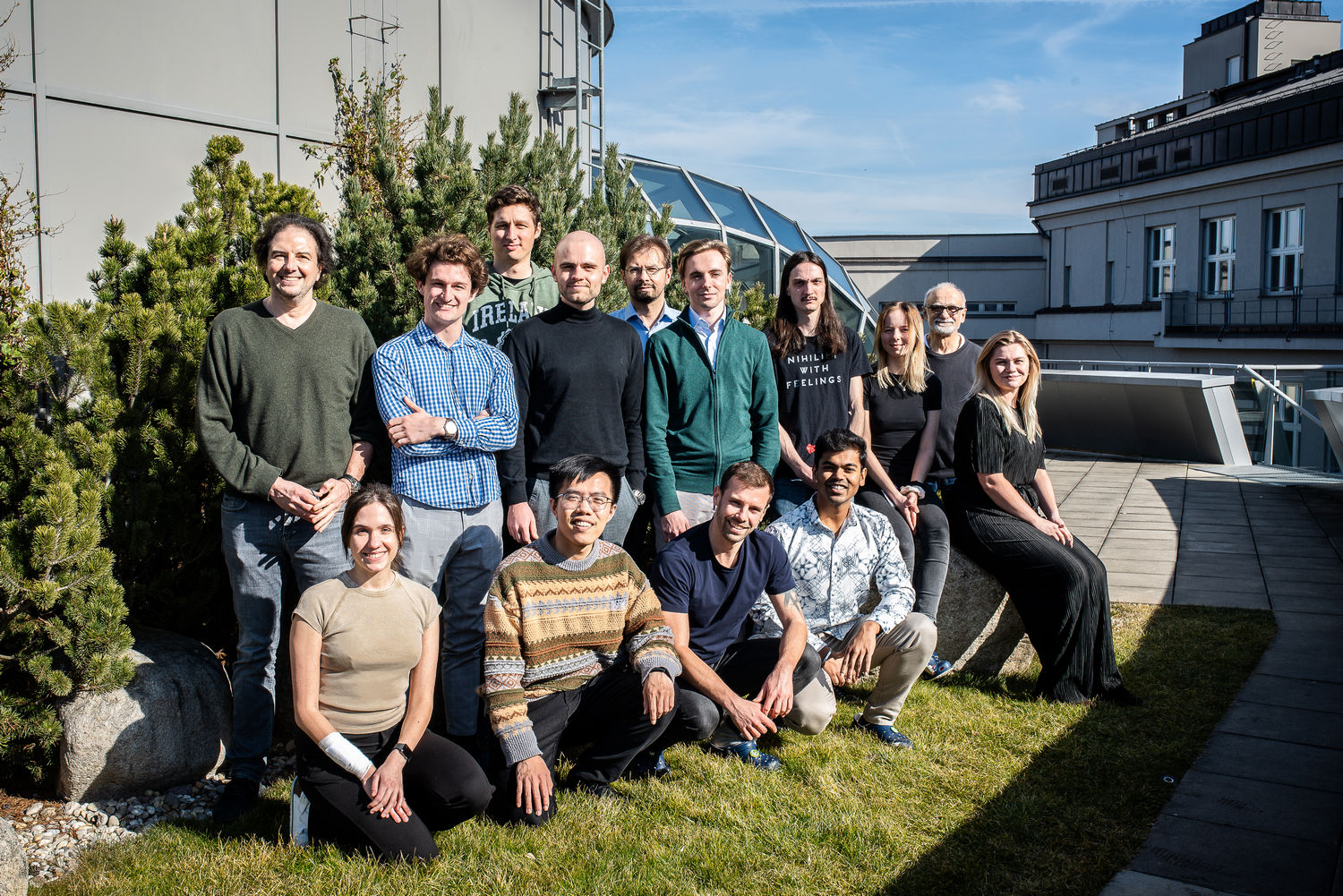About our group
The Sabatini lab (davidsabatinilab.com) has a long-standing interest in the regulation of growth and metabolism, which stems from our early work on the mechanism of action of rapamycin and the discovery of its target, the mTOR protein kinase. We now appreciate that the signaling pathway anchored by mTOR is a central regulator of growth in eukaryotes and acts by setting the balance between anabolic (mass accumulation) and catabolic (mass breakdown) processes. The pathway is inhibited by rapamycin and responds to diverse stimuli, including growth factors like insulin and nutrients like amino acids and glucose. Our lab identified the mTOR-containing protein complexes, mTORC1 and mTORC2, and their biochemical and in vivo functions, as well as the complicated pathway upstream of mTORC1 that senses nutrients, including the Rag GTPases, GATOR complexes, and sensors for the amino acids leucine and arginine (Sestrin and CASTOR). A critical step in the activation of mTORC1 by nutrients is its Rag-mediated translocation to the surface of lysosomes (reviewed in PMID 29078414), organelles that degrade biological materials like proteins, membranes, and nucleic acids to enable the recycling of their building blocks.
Because our work revealed that lysosomes play a key role in the activation of mTORC1 by nutrients, we began to study lysosomes as well as other organelles, such as mitochondria and melanosomes. We developed methods for the very rapid and selective isolation of specific organelles from cells in culture and mouse tissues (e.g., Lyso-IP and Mito-IP) and these are now widely used for the metabolomic and proteomic profiling of their contents. Because mTORC1 senses nutrients, we also became interested in the metabolic pathways that allow cells to incorporate biomass and generate energy, particularly in cancer. We are also active in technology development and developed methodologies for genome-scale RNAi and CRISPR loss of function screens as well as cell culture media that attempts to mimic human plasma (HPLM).
The lab has general interests in nutrient sensing and growth control, as well as diseases like cancer and neurodegeneration and the aging process. Some of the major directions of the the lab are: (1) nutrient sensing by mTORC1 in vitro and in vivo; (2) lysosomal function in physiology and disease; (3) nutrient transport in mitochondria; and (4) the development of methods to study small molecule metabolism in vivo. Given the expertise of IOCB in medicinal chemistry and drug development, we will also engage in collaborations to develop drug-like molecules that target mTOR pathway components as well lysosomal and mitochondrial proteins.
Our lab has two physical locations, one in Prague and the other in the other in the Boston, MA area. Despite the two physical locations, the lab operates as one and members of both participate in all lab meetings and retreats and David Sabatini routinely travels between both labs.


